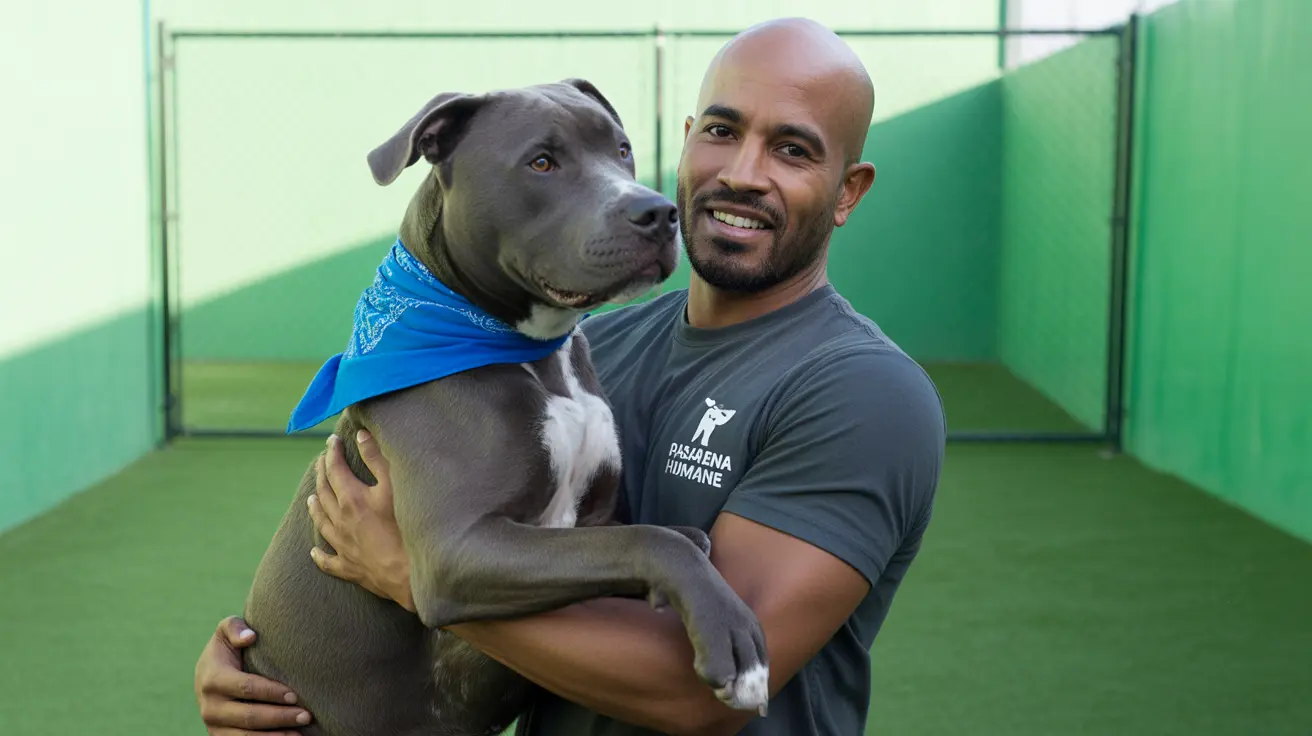If you're a dog owner, understanding which breeds are susceptible to ear infections can help you take preventive measures to protect your furry friend. Ear infections are a common health issue affecting approximately 7.3% of dogs annually, with certain breeds being significantly more vulnerable due to their physical characteristics and genetic predispositions.
In this comprehensive guide, we'll explore which dogs are most prone to ear infections, why they occur, and how to prevent and treat them effectively. Whether you're a current dog owner or considering getting a new pet, this information will help you make informed decisions about your dog's ear health.
High-Risk Breeds: Understanding the Most Susceptible Dogs
Several dog breeds are particularly prone to ear infections due to their anatomical features. The most vulnerable breeds include:
Breeds with Pendulous (Floppy) Ears
- Basset Hounds
- Golden Retrievers
- Beagles
- Cocker Spaniels
- Labrador Retrievers
Breeds with Excessive Hair Growth in Ear Canals
- Poodles
- Labradoodles
- Cockapoos
- Bichon Frises
Breeds with Skin Fold Issues
- Chinese Shar Peis
- English Bulldogs
- Pugs
Understanding Why Certain Breeds Are More Vulnerable
The increased susceptibility to ear infections in certain breeds can be attributed to several factors:
- Ear Structure: Floppy ears trap moisture and limit airflow
- Hair Growth: Excessive ear canal hair restricts ventilation
- Skin Conditions: Some breeds are prone to allergies and skin issues
- Genetic Factors: Inherited traits affecting ear canal shape and immune response
Prevention and Care Tips for At-Risk Breeds
Regular maintenance is crucial for preventing ear infections, especially in susceptible breeds:
- Establish a regular cleaning routine
- Keep ears dry after swimming or bathing
- Monitor for early signs of infection
- Schedule regular veterinary check-ups
- Use appropriate cleaning products recommended by your vet
Warning Signs of Ear Infections
Being aware of the following symptoms can help you catch infections early:
- Frequent head shaking or scratching
- Redness or swelling in the ear canal
- Unusual odor from the ears
- Dark or excessive discharge
- Sensitivity when touching the ears
- Changes in behavior or irritability
Frequently Asked Questions
What dog breeds are most prone to ear infections due to their anatomy?
Dogs with long, floppy ears like Basset Hounds, Golden Retrievers, and Cocker Spaniels are most prone to ear infections. Their ear structure creates a warm, moist environment ideal for bacterial and yeast growth.
How often should I clean my dog's ears to prevent ear infections?
Most dogs need their ears cleaned every 1-2 weeks, but breeds prone to infections may need more frequent cleaning. Always consult your veterinarian for a personalized cleaning schedule based on your dog's breed and lifestyle.
What are the common signs and symptoms of ear infections in dogs?
Common signs include head shaking, ear scratching, redness, swelling, unusual odor, dark discharge, and sensitivity around the ears. Some dogs may also show behavioral changes or irritability.
How can I prevent ear infections in dogs that swim or get wet frequently?
Always dry your dog's ears thoroughly after swimming or bathing. Use a veterinary-approved ear cleaner, and consider using preventive ear drops before water activities. Some owners use cotton balls in their dogs' ears during baths.
What are the most effective ways to treat underlying allergies that contribute to recurring ear infections in dogs?
Work with your veterinarian to identify and manage allergies through diet modifications, environmental changes, or medication. This may include antihistamines, immunotherapy, or specialized diets depending on the specific allergy triggers.
Remember, while some breeds are more susceptible to ear infections, proper care and vigilance can significantly reduce the risk of occurrence. If you own a breed prone to ear infections, establishing a consistent ear care routine and maintaining regular veterinary check-ups are essential for keeping your dog healthy and comfortable.






